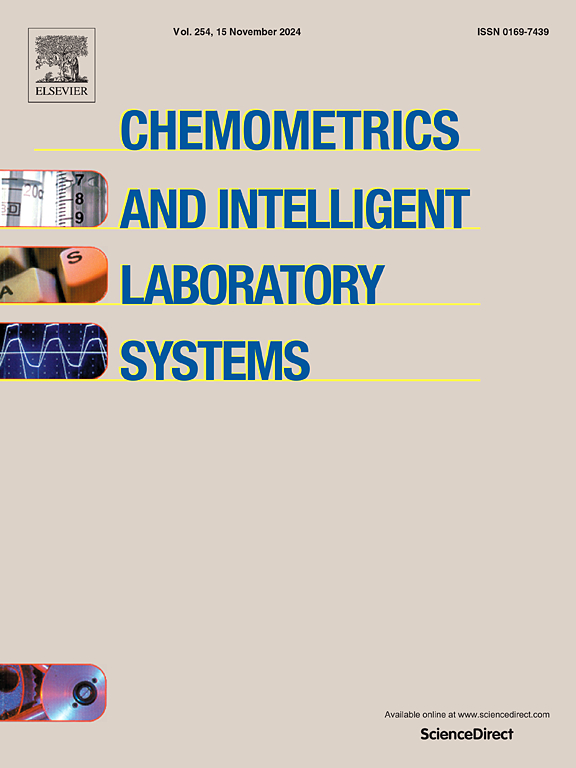基于动态控制自编码器的模式建模与故障检测
IF 3.8
2区 化学
Q2 AUTOMATION & CONTROL SYSTEMS
Chemometrics and Intelligent Laboratory Systems
Pub Date : 2025-05-19
DOI:10.1016/j.chemolab.2025.105422
引用次数: 0
摘要
工业过程往往表现出显著的非线性和动态特性。为了有效地监控这些过程,本文提出了一种用于模式提取的动态控制自编码器(DCAE)模型,该模型主要由自编码器和动态映射组件组成。它能够同时提取过程变量在静态空间上的非线性结构关系和在时域上的非线性动态关系,特别是建立控制输入与模式之间的动态因果关系。利用DCAE提取的动态控制模式能充分表征非线性过程的运行信息。然后,探讨了DCAE建模误差与模型变量之间的关系,从而构建了用于工业过程监控的误差统计,并开发了基于DCAE的故障检测方案。最后,以某工业锅炉燃烧系统为例,说明了DCAE模型在工业过程模式提取和故障检测方面的有效性和优越性。本文章由计算机程序翻译,如有差异,请以英文原文为准。
Pattern modeling and fault detection based on dynamic controlled autoencoder
Industrial processes often exhibit significant nonlinear and dynamic characteristics. To effectively monitor these processes, this paper proposes a dynamic controlled autoencoder (DCAE) model for pattern extraction, which primarily consists of an autoencoder and dynamic mapping components. It is capable of simultaneously extracting the nonlinear structural relationships of process variables in static space and their nonlinear dynamics in the time domain, and in particular, establishing the dynamic causality between control input and pattern. The dynamic controlled pattern extracted using DCAE can sufficiently represent the operation information of the nonlinear process. Then, the relationships between DCAE modeling errors and model variables are explored, leading to the construction of error statistics for monitoring industrial processes and the development of a DCAE-based fault detection scheme. Finally, the case study of an industrial boiler combustion system illustrates the effectiveness and superiority of the DCAE model in extracting the pattern of industrial processes and performing fault detection.
求助全文
通过发布文献求助,成功后即可免费获取论文全文。
去求助
来源期刊
CiteScore
7.50
自引率
7.70%
发文量
169
审稿时长
3.4 months
期刊介绍:
Chemometrics and Intelligent Laboratory Systems publishes original research papers, short communications, reviews, tutorials and Original Software Publications reporting on development of novel statistical, mathematical, or computer techniques in Chemistry and related disciplines.
Chemometrics is the chemical discipline that uses mathematical and statistical methods to design or select optimal procedures and experiments, and to provide maximum chemical information by analysing chemical data.
The journal deals with the following topics:
1) Development of new statistical, mathematical and chemometrical methods for Chemistry and related fields (Environmental Chemistry, Biochemistry, Toxicology, System Biology, -Omics, etc.)
2) Novel applications of chemometrics to all branches of Chemistry and related fields (typical domains of interest are: process data analysis, experimental design, data mining, signal processing, supervised modelling, decision making, robust statistics, mixture analysis, multivariate calibration etc.) Routine applications of established chemometrical techniques will not be considered.
3) Development of new software that provides novel tools or truly advances the use of chemometrical methods.
4) Well characterized data sets to test performance for the new methods and software.
The journal complies with International Committee of Medical Journal Editors'' Uniform requirements for manuscripts.

 求助内容:
求助内容: 应助结果提醒方式:
应助结果提醒方式:


